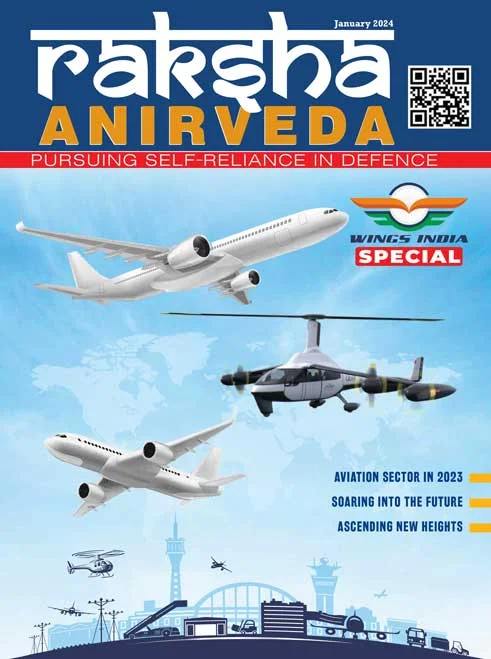Washington: Testing has found that additional US Army soldiers are likely needed to operate early Robotic Combat Vehicles than anticipated even just months ago, the service said this week.
Under the Army’s envisioned “human machine integrated formations,” the service wants a future where RCVs are out ahead of soldiers on the front lines, taking on dangerous missions without potential loss of life. However, the service is not expecting early versions of those robots to have high levels of autonomy, which means soldiers will need to stay close by tele operating them for the foreseeable future.
Based on testing earlier this year at Fort Irwin, California, service leaders believed that for every two RCVs, it would need one control vehicle containing five soldiers — one driver and two teams with two each remotely manning an RCV.
But in late July, as part of the Army Futures Command’s RCV Pilot-24 exercise, soldiers with the 1st Squadron, 7th Cavalry Division, again used the four RCV surrogates. The idea, the service explained in a press release, was to have soldiers inside two trailing control vehicles operating a total of four RCVs on reconnaissance and security missions.
The verdict? That wasn’t an adequate pairing that time around, and the platoon needed a third control vehicle to effectively operate the four robots, according to Brig. Gen. Chad Chalfont, the commandant of the Army Armour School at Fort Moore.
As a result, the unit was “restructured” and a third control vehicle was folded into the mix, the service explained. The service did not detail how many soldiers were now in each control vehicle, but if the math holds, that would be an additional five soldiers needed towards the front lines.
Raksha Anirveda's editorial desk team brings in the collective experience of creative professionals - a fine mix of senior copy editors, writers, proofreaders and designers. Working as a team, they continuously create, manage, and curate content to sustain the magazine's profile and reputation in line with market trends and achieve magazine's goal.








